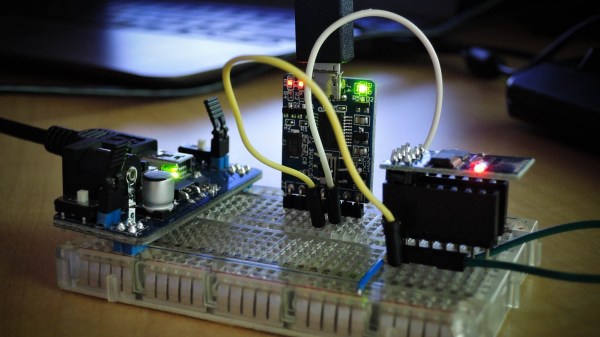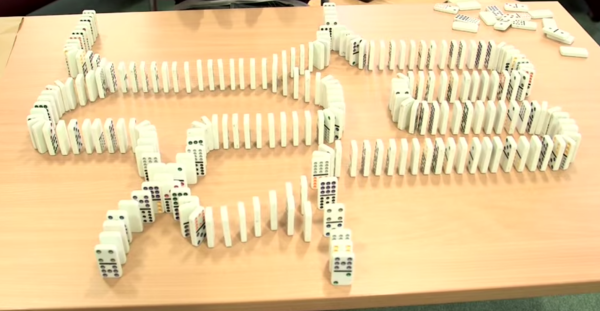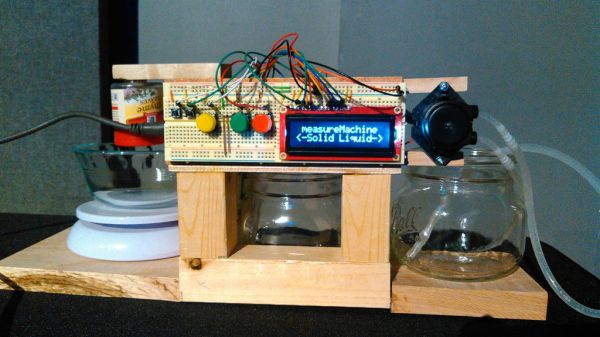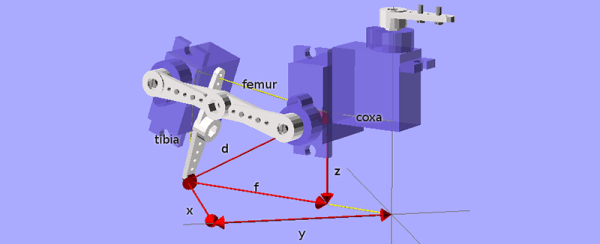Last week we covered the topic of electronic work benches. But we know that there’s more to life than soldering irons and tiny components. Sometimes to pull off a hack, you need to get your hands dirty, and get some sawdust in your hair. If you’re limited on space, or need to be able to move to different locations quickly, this shop workbench may just be what you’re looking for.
First, let us preface that this project is not open source. Now before you “boo!” too loudly, the designer [Ron Paulk] only charges $10 for the plans. We think that is a small price to pay for how much though has gone into the design. But hey, if you’re a bit crafty, we bet you could easily reverse engineer the build just from the pictures alone. Personally, we think there are times when it’s a good thing to support a project like this.
The basic design allows the workbench to be very rigid, but light weight. And if you don’t have room for it to be permanently set up, it tears down and stores away nicely. It seems like the plans are well done, but if you need a bit more guidance, there is also a 15 part video series that will guide you along the way (here is the youtube playlist.) Also, there is an overview video after the break. So what are you waiting for? Go out and make something!
Continue reading “Portable Workbench Is Solid And Space Saving”























